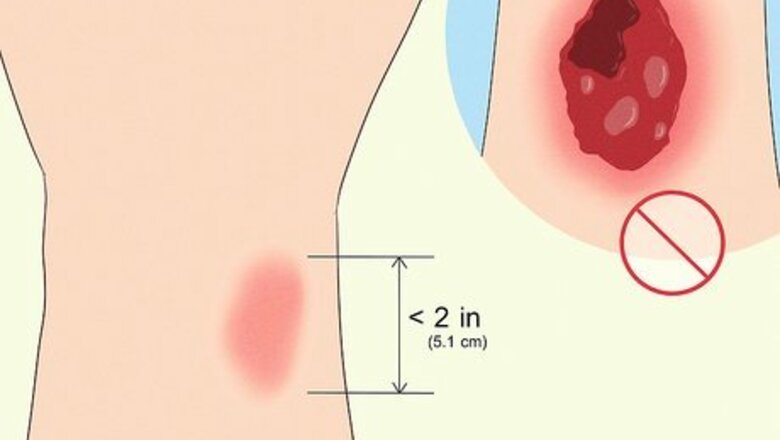
views
X
Trustworthy Source
PubMed Central
Journal archive from the U.S. National Institutes of Health
Go to source
However, it’s important to note that this is not a miracle cure and while it’s not going to do any harm, honey is not going to dramatically speed up your healing time. However, it's a natural alternative to petroleum jelly or synthetic burn creams.
Is honey good for treating burns?
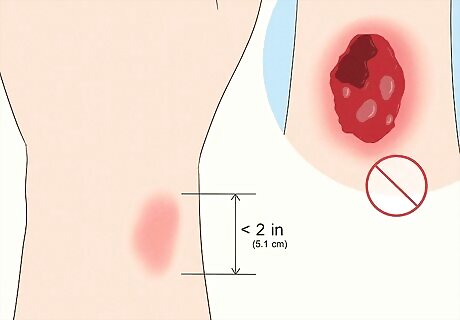
Yes, but only for minor burns that don’t require medical care. If you’ve got a super minor burn and you don’t need medical help, honey may be a viable treatment option for you, However, you should only do this at home if your burn is less than 2 inches (5.1 cm) in diameter, the skin isn’t broken, and you aren’t experiencing a level of pain that’s intolerable. Seek out medical care if the burn came from a chemical or electrical source. These burns need to be treated by a medical professional.
While honey can help, you should still perform basic first aid. While you can certainly use honey if you want to soothe the skin and help it heal, it shouldn’t be the first step in burn treatment. First, run the skin under cool water for 10-15 minutes. Then, dry it gently with a clean cloth. You want to ensure that your skin is clean before you put anything else on it. Immediately following a burn, the goal is to get the wound clean. Using a bunch of products before cleaning it may accidentally introduce bacteria or contaminants and make the burn worse.
What kind of honey is best for burns?
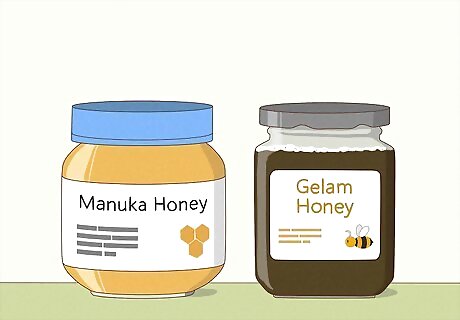
Manuka is probably the best, but Gelam, Medihoney, and Tualang will all work. That standard bear-shaped bottle you buy at the supermarket won’t actually help you here. Believe it or not, there are actually dozens of different kinds of honey. The varieties that will help a burn wound heal are: Manuka is probably the most well-known honey when it comes to medical care. It’s proven to be anti-inflammatory, and it’s effective for treating superficial wounds. It tastes pretty good, too! You can find it at most grocery stores. Gelam honey, also known as Malaysian honey, is a potent antibacterial option. You’ll likely need to order it online. Medihoney is actually sold as a medical-grade wound dressing. It’s even authorized by medical boards in Europe and the FDA in the United States as a topical treatment. You can often find it at pharmacies. Tualang honey also appears to be an anti-inflammatory agent with the ability to kill some bacterial strains that are common with burn wounds. You’ll need to buy this stuff online.
How do I apply the honey?
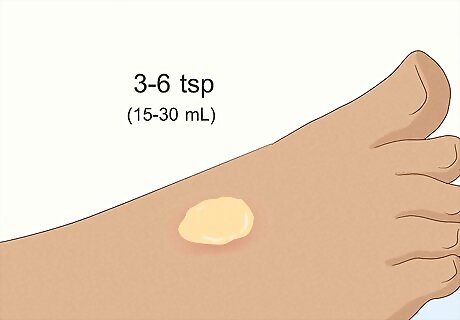
Spread it over your skin gently after you’ve cleaned it. After you’ve washed the burn with cool water and dried it off, you can apply the honey. Pour 3–6 teaspoons (15–30 mL) of honey over the burned skin depending on the size of your wound. Bandage the area gently with a sterile gauze pad. You can also just pour a dollop of honey on a gauze pad if you don’t want to apply it directly to your skin.
Change your dressing twice a day to keep it clean. Due to the fact that the honey may attract bugs or go bad, it’s probably a good idea to change your dressings more frequently. Remove the bandage carefully, rinse the honey off, and either reapply the dressing or let your skin air out. There’s no problem using honey more than once if you feel like it’s bringing you relief. If your burn isn’t hurting that much and the skin is starting to heal, feel free to let it air out, though.
How long do I keep the honey on the burn?
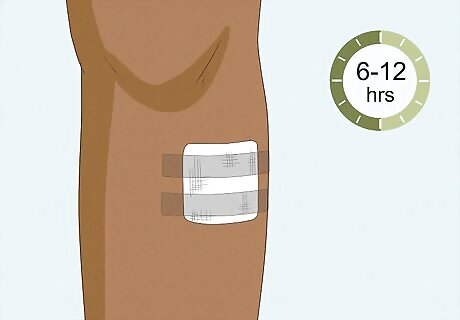
It’s up to you, but it’s probably best to keep it on for less than 12 hours. The risks are probably very low if you leave it on for too long, but honey is organic and it will go bad eventually. Just to keep your skin clean, aim to replace your bandage every 6-12 hours and rinse the honey off with clean water before you go to sleep. If you can’t change your wounds at least twice a day, at least wash the honey off before you go to bed. This is one of those things that hasn’t been studied all that well, but honey can go bad like any other food product, so you probably shouldn’t leave it on your skin for more than 24 hours.
Does honey take the sting out of a burn?
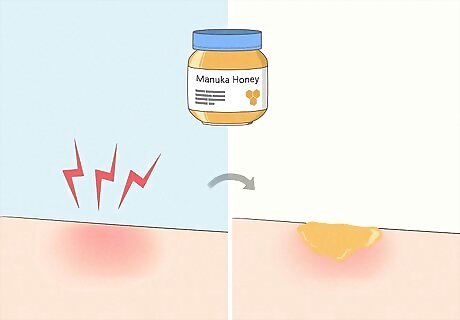
Yes, it should feel cool and soothing as you apply it. If you’re looking for something to take the edge off a bit, honey is a solid option. Many people compare it to a diluted and non-minty version of aloe vera. The pain relief won’t be dramatic, but it should soothe your skin.
What are the negative effects of honey?
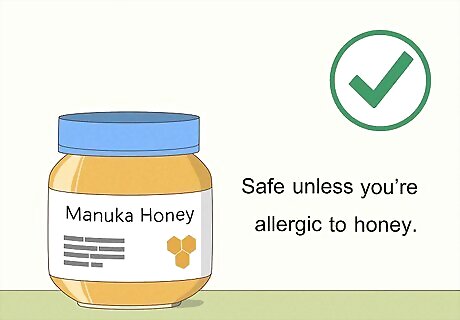
Unless you’re allergic to honey, there’s no real danger here. If you have an allergy to honey, you definitely don’t want to put honey on your skin—especially to treat a burn. Outside of that scenario, there shouldn’t be any risk or downside. There haven’t been any reports of people experiencing dangerous complications from honey. Never give a baby honey—even as a topical treatment—if they’re under 1 year of age. If they ingest it, the honey can cause botulism. There is an extremely minor chance that the sugar in honey will cause your skin to dry out, but there doesn’t appear to be a lot of evidence that this actually happens.













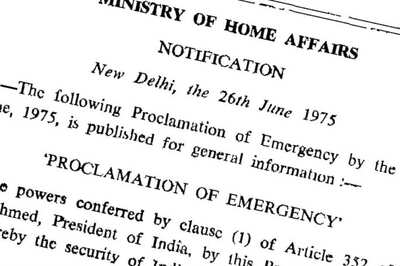





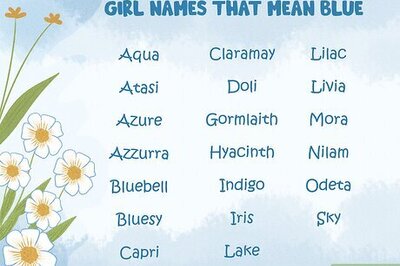
Comments
0 comment